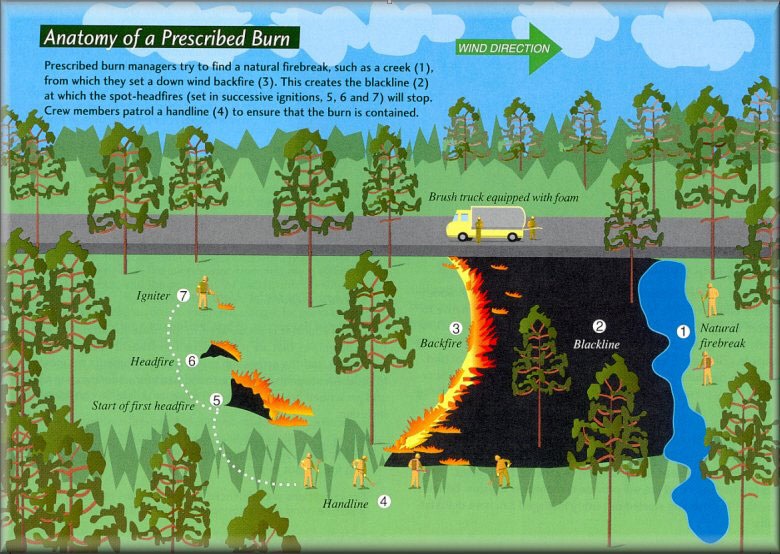Sign up for FlowVella
Sign up with FacebookAlready have an account? Sign in now
By registering you are agreeing to our
Terms of Service
Loading Flow

* aren't all alike. Many factors affect the size, shape, direction, speed, and of a particular fire. A typical fire starts from a point. It spreads most quickly in the direction the wind is blowing. It spreads
quickly toward the wind. If there are small fires produced by blowing sparks and ,they will be downwind. The leading edges of a fire are seldom smooth and straight. Many factors affect the of a particular fire. These include the slope, moisture conditions, , wind, open areas, roads, streams, lakes, and other natural barriers. placed in forests before a fire occurs supplement the barriers.

Anatomy of a Fire